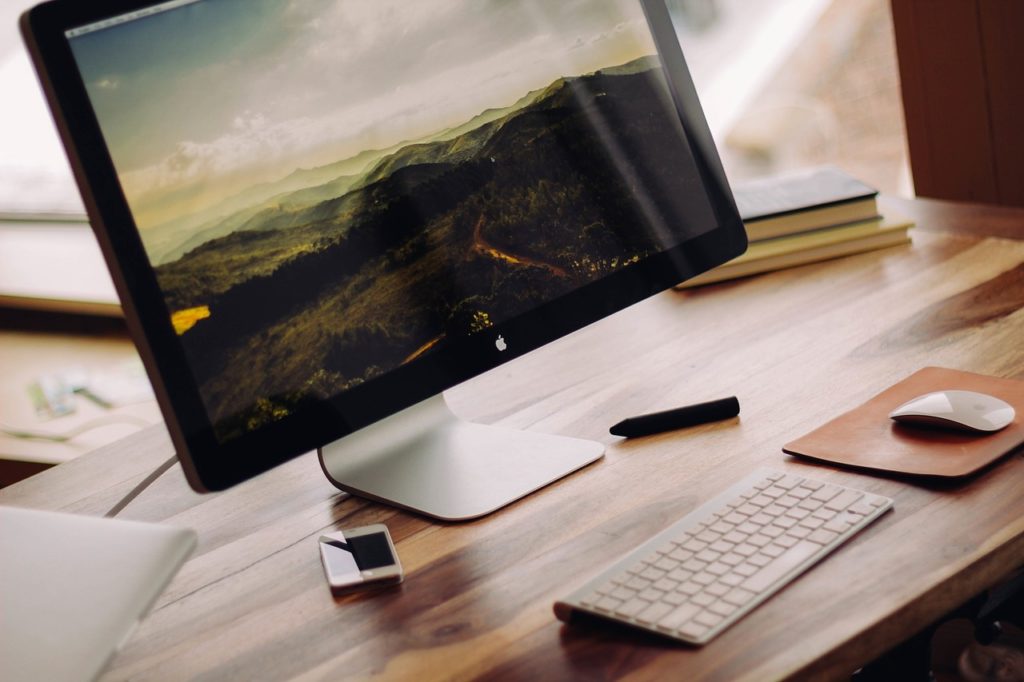Robin Khokhar
Robin Khokhar is an SEO specialist who mostly writes on SEO. Thus sharing tips and tricks related to SEO, WordPress, blogging, and digital marketing, and related topics.
Mac is known for its slick interface and high-class performance but still, it may lag and slowdown which is very annoying. In...

Mac is known for its slick interface and high-class performance but still, it may lag and slowdown which is very annoying. In this post, I am going to share the best practices to speed up your Mac system.
Before fixing other things, make certain that your Mac is updated. For this, you can click the Apple icon>App store then click the update tab. Install the updates if you’re able to see any new software including MacOS. This may include the security updates or small performance improvements according to the Mac OS version you’re using.
Browse your application folder to see the apps and programmes that you don’t use anymore. If you have such apps then use an uninstaller to get rid of them from the hard drive completely. You can perform this by opening the application folder, then sort the app by size having the largest app on the top. If you have a huge application that you don’t use then it is the time to delete them. Remember you can again download them from the Mac app store. If you have purchased the software from the developer then make sure you have the license key before deleting the apps.
It is important to clean in order to speed up your MAC. You can start with the trash which you might be cleaning every now and then. But in case you’re not then ctrl-click the trash in the dock and then select the ‘Empty Trash’. It is the good practice to clear the download folder. Take a look at the download folder and delete the files that you don’t require anymore. Make sure the files you need are at the safer place.
Do you have a lot of items on the desktop? If yes then you should find the folder for such files and keep them into it. Most of the people have the images all over the place. Open the finder, click on the files then type disk manager to the search box and locate the DMG hidden files throughout your Mac and clear the unwanted images.
You should also clean up the mail attachments and other random files that are occupying the space on your Mac. You can easily do this by opening Spotlight pressing command and space and then typing ‘mail downloads’. Tap enter to open the folder that pops up. This folder may have hundreds of items of various mail attachments. You can easily delete these files and they will just remain on the email server now. You should also clean the login items.
Suggested:
Using Linux Without installing it.
Like the apps and browser, widgets also occupy the little bit of memory. Thus you should remove the widget by following these steps. Launchpad> Mission Control> Dashboard> Click “-‘’ and then X widgets that you don’t use. You can absolutely do the same to add the widgets you have deleted by mistake.
If it is taking a long time to boot up your Mac. Then you might have to fix few things. First up check the login items on your Mac. Secondly, check if there are too many applications running in the backend. When you install certain apps then they are added to the login items and get started automatically when your Mac starts. There is no doubt that this makes your Mac slow down. In case, you aren’t aware of the apps added to your login items then you can check the below steps Settings> User and Groups > Current User> Login items>Select the items to remove> click ‘’-‘’ button.
If you have already tried all the practices listed above and your Mac is still running slow. Then consider upgrading the RAM to speed up your computer. As you already know that Mac is quite an expensive computer thus instead of purchasing a new one, you should upgrade the RAM. You can also add another RAM to the Mac. Upgrading the RAM is the simplest way to improve the speed of your Mac.
SSD refers to the “Solid State Drive” has the same shape and size as the traditional drive. However, the main difference is that it uses RAM chips for storage which makes it much faster. It is recommended to use the SSD drive for running the applications and keep the existing hard disk for the user files. This means that your applications and system files will be stored in the SSD drive whereas your iPhoto and iTunes will be stored on the traditional drive. This will boost the speed during booting and other times.
Follow the above tips to boost the speed of your Mac. This will always give you the experience of having the new Mac as otherwise, it is difficult to purchase the Mac again due to its high cost.
My relatives every time say that I am wasting my time here at net, but I know I am getting experience every day by reading such fastidious articles.|
Good post. I learn something totally new and challenging on sites I stumbleupon everyday. It will always be useful to read articles from other writers and use a little something from other websites. |
Hi Robin,
I have MacBook Air, your suggestions will helpful for me to speed up my MacBook Air. Keep it up with good things. Have a great day ahead.
very good thanks for publishing article
Hi, very nice article
thank you for the information